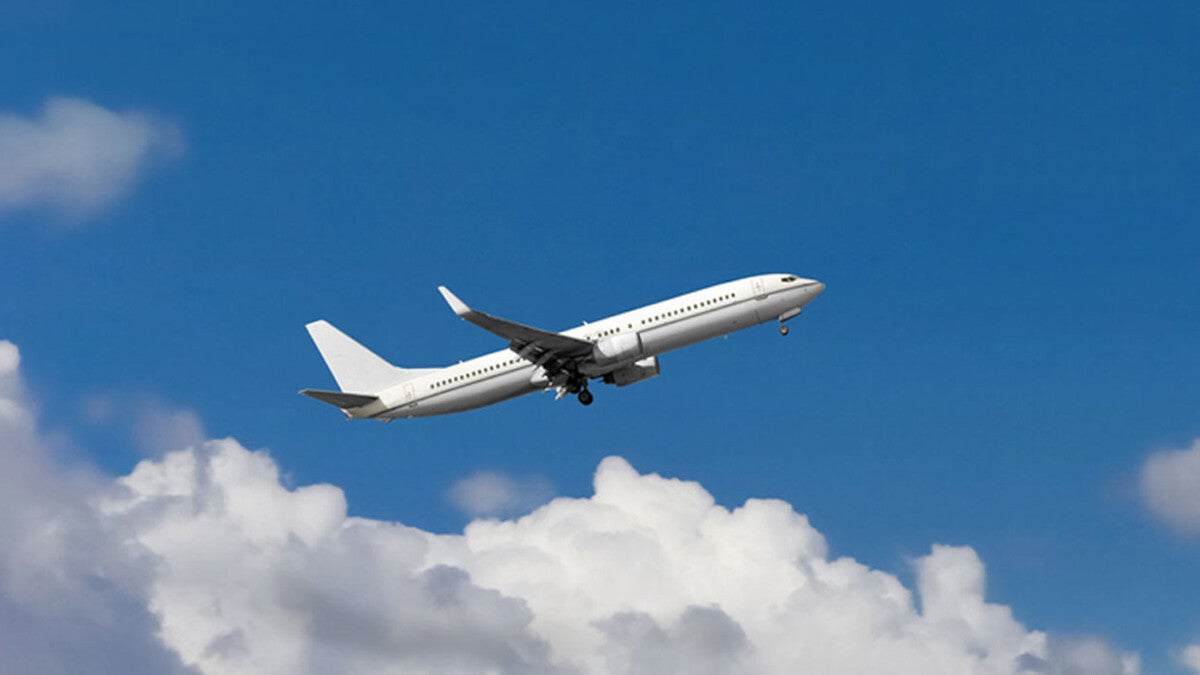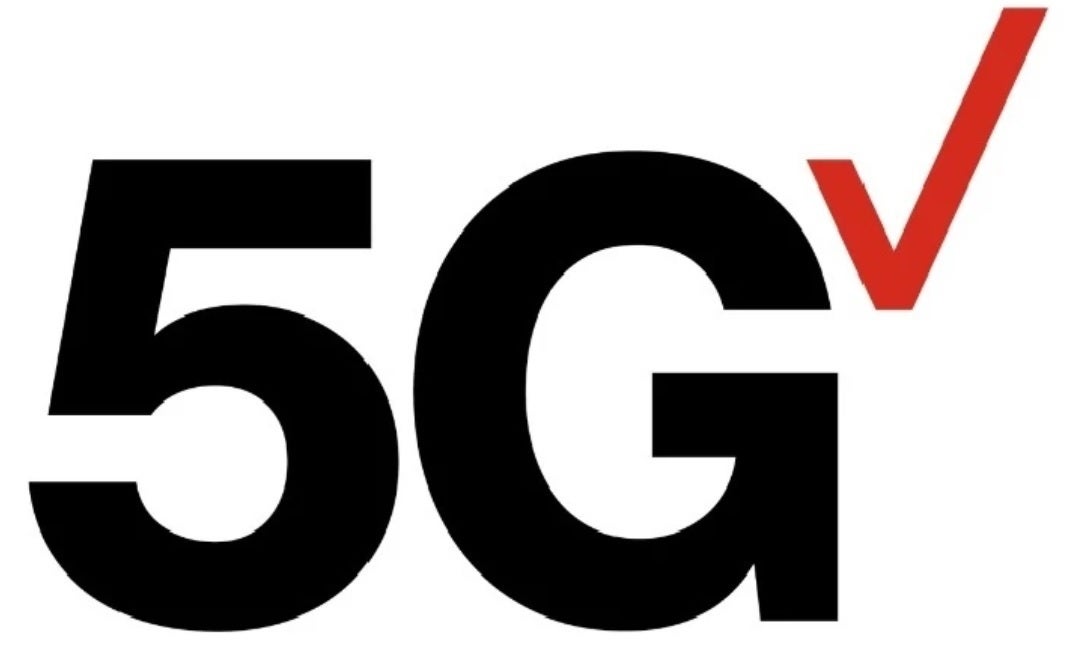Verizon and AT&T get the green light from the FAA to use more 5G towers near airports

It was a little more than a week ago when both Verizon and AT&T flipped on the switch allowing their 5G C-band signals to connect with compatible handsets in certain markets. Both wireless providers agreed not to deploy these signals near certain airports due to fears from the FAA and aviation professionals that 5G could interfere with the altimeter reading in the cockpit.
More 5G C-band signals from Verizon and AT&T can now be deployed near airports
Since it measures how far off the ground a plane is, during times of inclement weather or when visibility is poor, it is an important tool that pilots must rely on to land a plane safely. But today, The Hill reports that the FAA has reached an agreement with Verizon and AT&T that will allow the carriers to use more of their C-band spectrum near airports. These signals are important to Verizon and AT&T because they are in the mid-band which runs from 3.7 GHz-4.0 GHz.

Verizon's C-band signal covers more than 100 million people in the U.S.
Mid-band signals are just what U.S. carriers need to finish building out their 5G networks. That's because they travel farther than mmWave, aren't blocked by structures like mmWave, and can reach more customers than mmWave. While they can't offer download speeds of 1Gbps or more (yes, like mmWave), they do deliver average download speeds in the range of 300Mbps-400Mbps which is faster than the low band 5G services that are prevalent from coast-to-coast.
And if you're wondering why we have yet to mention the second-largest U.S. carrier T-Mobile, it's because the latter has plenty of mid-band spectrum that it acquired when it purchased Sprint for over $26 billion in April 2020. The 2.5GHz frequency used for most of T-Mobile's 5G service does not interfere with airplanes and is not part of the C-band.
Over the last week or so, Verizon and AT&T released more specific information to the FAA including the location of their wireless transmitters while also sending data that included a more "thorough analysis of how 5G C-band signals interact with sensitive aircraft instruments."
An FAA spokesperson explained what the regulatory agency did with this data. "The FAA used this data to determine that it is possible to safely and more precisely map the size and shape of the areas around airports where 5G signals are mitigated, shrinking the areas where wireless operators are deferring their antenna activations," the spokesperson said.
"This will enable the wireless providers to safely turn on more towers as they deploy new 5G service in major markets across the United States," the spokesman added. The deal made earlier this month between the FAA, Verizon, and AT&T required that the latter two carriers refrain from turning on 500 towers located near airports which works out to less than 10% of the firm's 5G towers.
"This will enable the wireless providers to safely turn on more towers as they deploy new 5G service in major markets across the United States," the spokesman added. The deal made earlier this month between the FAA, Verizon, and AT&T required that the latter two carriers refrain from turning on 500 towers located near airports which works out to less than 10% of the firm's 5G towers.
Last week, the FAA approved 90% of requests from commercial aircraft to perform low-visibility landings at airports where some 5G towers are located. That is up from the 78% of such landings that were approved last week.
Verizon's C-band service covers more than 100 million people in 1,700-plus cities around the nation. AT&T is taking a slower approach with the service available in only eight metro areas in the U.S. Even if you're a Verizon or AT&T customer in the middle of an area where their new C-band 5G signals are available, you must have a device that supports 5G and the specific C-band frequencies.
Which Verizon and AT&T phones can now access C-band 5G?
While today's announcement indicates that more Verizon and AT&T customers will soon be able to access mid-band 5G signals from their respective wireless provider, it appears as though both sides are getting closer to coming up with a solution that will allow 5G signals and airline flights to co-exist without fear that pilots will not be able to use the altimeters on the airplanes they are flying.
Verizon phones that support C-band 5G include the Samsung Galaxy S21, Galaxy S21+, Galaxy S21 Ultra, Galaxy Z Fold 3, and the Galaxy Z Flip 3. Apple devices on Verizon that are compatible with the C-band feature the iPhone 12 Pro Max, iPhone 12 Pro, iPhone 12, iPhone 12, and iPhone 12 mini as well as iPhone 13 Pro Max, iPhone 13 Pro, iPhone 13, iPhone 13, and iPhone 13 mini.
The iPad models supporting C-band 5G from Verizon include the 12.9-inch iPad Pro (5th-gen), 11-inch iPad Pro (3rd-gen), and the iPad mini 6.
The AT&T handsets that work with the C-band include the Apple iPhone 13 Pro Max, Apple iPhone 13 Pro, Apple iPhone 13, Apple iPhone 13 mini, Apple iPhone 12 Pro Max, Apple iPhone 12 Pro, Apple iPhone 12, Apple iPhone 12 mini, Samsung Galaxy S21 Ultra, Samsung Galaxy S21+, Samsung Galaxy S21, Samsung Galaxy S21 FE, Samsung Galaxy Z Fold 3, Samsung Galaxy Z Flip 3, Samsung Galaxy A13 5G, Google Pixel 6, and the Google Pixel 6 Pro.
Follow us on Google News










Things that are NOT allowed:
To help keep our community safe and free from spam, we apply temporary limits to newly created accounts: